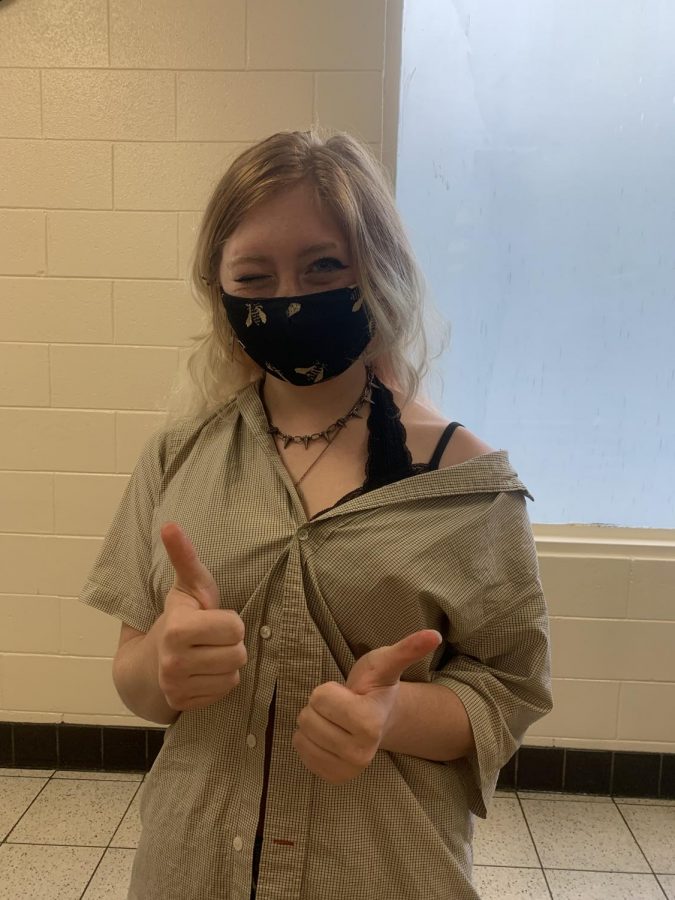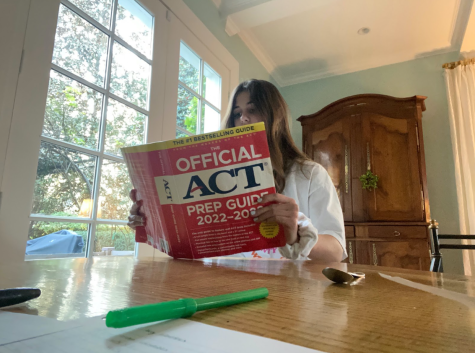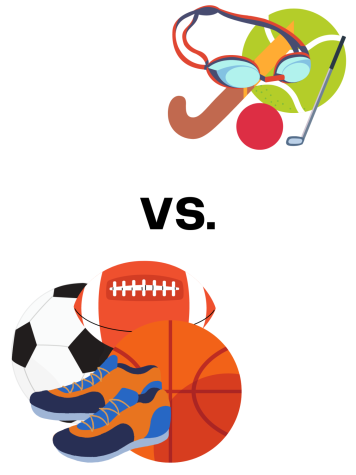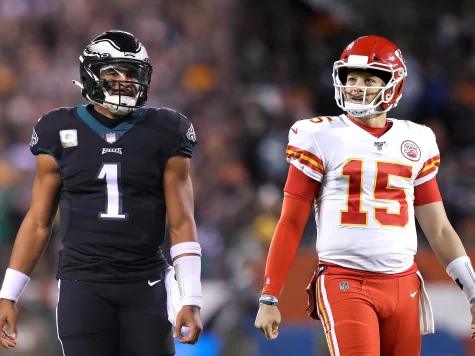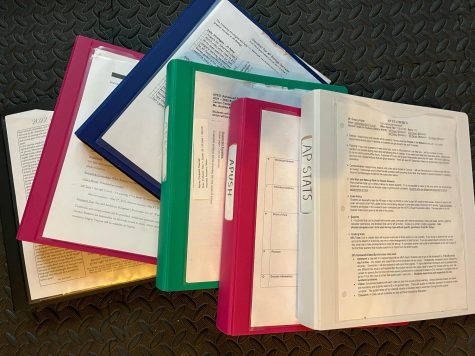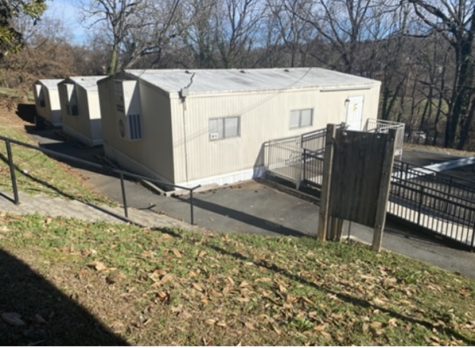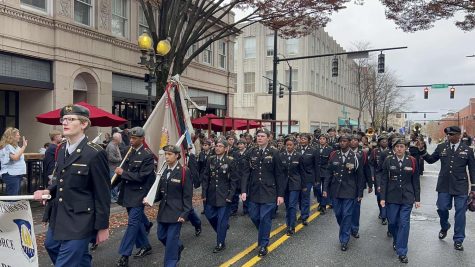Ripped Jeans, V-necks, and Crop Tops. Oh My!
November 3, 2021
Walking onto the landing for the first day of school, students move excitedly, showing off new outfits; a summer tank top and jean shorts, a sundress, or even some ripped jeans. As they make their way into the building, teachers are telling students that their tank top straps are too thin, their dresses are too short, or their jeans are too revealing. It is clear that the new administration is taking a harder stance on student dress code this school year.
“We are kids and the whole regulations are set in place by adults, teachers that are here to take care of us, not to be looking at us and deciding what we need to wear to suit their needs,” senior Riley Laster said.
For anyone who is unfamiliar with the dress code, it consists of ten restrictions on what you can and cannot wear mostly including anything that can be seen as “revealing” or offensive.
Senior, Mya Sansour, believes that teachers are the problem, and that they may be the ones distracted.
“Never in my academic life has someone said to me that what you’re wearing is too distracting and I cannot focus, other than teachers, which is way weirder than what they are making out to be.” Sansour said.
Students like Tyler Collins, a Junior at Reynolds, believes that the dress code is unequally enforced.
“I think the dress code is, first of all, sextist because dudes can walk around here with their rear-ends sticking out and I don’t wanna see that,” Collins said. “Girls will walk around with spaghetti straps and the teacher will walk up and say ‘ma’am you’re showing too much skin. That’s the thing. Overall unequal. Teachers are more likely to dress code a girl than a dude. So extra.”
Along with Collins, many students believe the first three rules seem to be targeted towards women. Because of this, when a girl gets dress-coded for her strapps, the length of her pants, or for having an exposed midriff, it often feels personal, disrespectful, and objectifying.
“I think the only way to be respectfully dress coded is to see more males get dress coded for things like sagging,” Mya Sansour said.
While most students believe that the dress code is targeted toward certain groups, Ms. Douglas, the fashion teacher at RJR, has a different perspective. For Douglas, what the school needs most is to reframe the dress code. Rather than a list of items prohibited, it needs to be written in such a way that fosters good choices, teaching students to dress for professionalism.
“Here at RJR it’s very diverse, it’s all different types of style here, you don’t want to make someone not be able to express themselves, maybe dressing up is how they express themselves,” Douglas said. “You don’t want to take that away from them but at the same time, you kinda have to set the tone for it.”
She believes that you can always dress to impress, you never know who’s going to show up at school.
“I am all for you guys expressing yourself, I am here for it, I love it, but you want to make sure you are presenting yourself, you never know who you’re going to see, you never know who can come on campus, it can be a superintendent, anyone funding the school,” Douglas said. “You just wanna be prepared at all times.”
The dress code has certainly pitted teachers and students against each other. The reluctance that many teachers felt in even commenting is a testament to the impact of these conversations. As the year progresses, the hope is that Reynolds will continue to have more open conversations about dress code, individuality, and gender issues within our community.
*Pine Whispers reached out to a number of teachers and administrators who were unwilling to comment. For students wishing to know the specifics of the dress code, go to the RJR website and look under the 2021-2022 Student/Parents Handbook.



